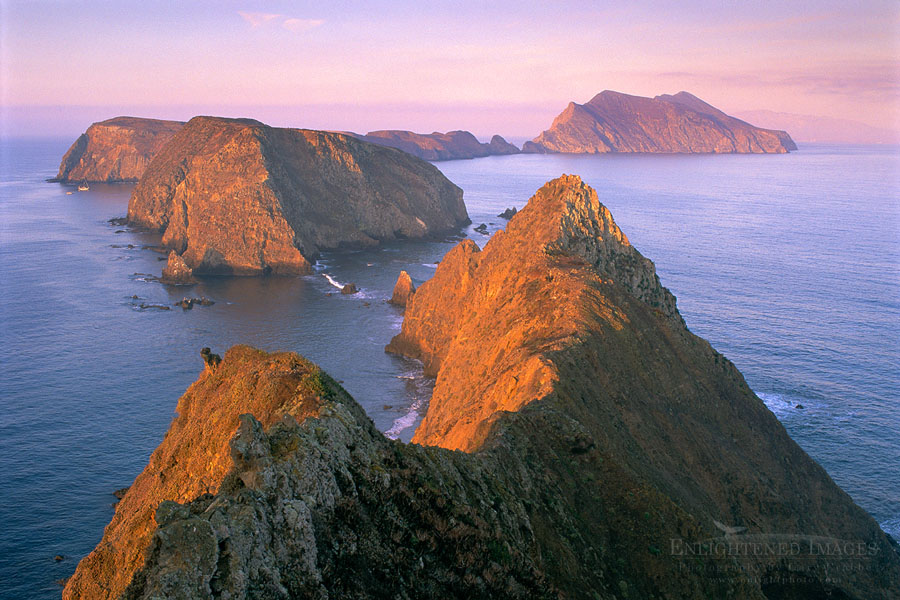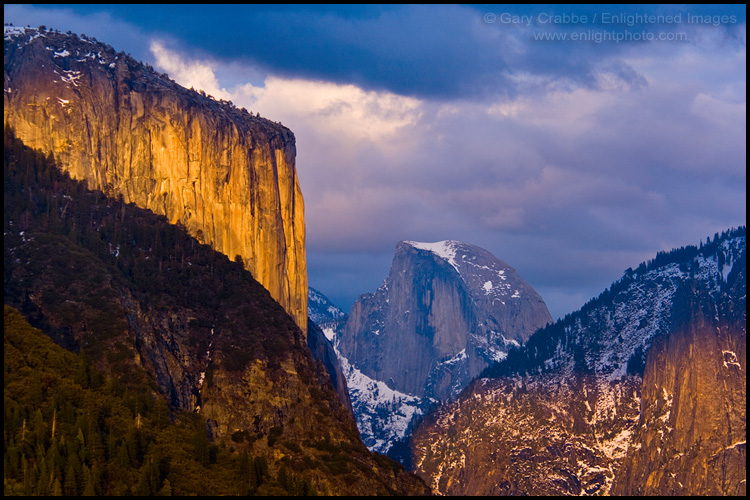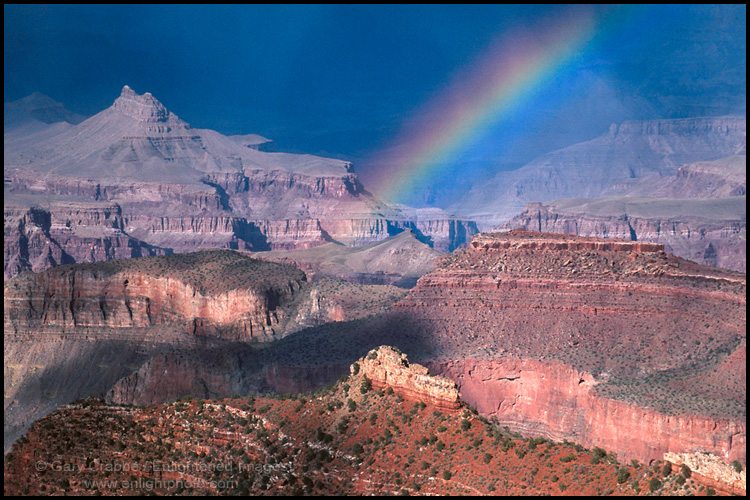
I recently had a chance to preview an upcoming hour-long television show called America’s National Parks at 100 which will premier this Sunday, August 28th at 8pm EST / PST on the Smithsonian Channel. Coinciding with the year-long National Park Service’s Centennial celebration, the show features some excellent cinematography mixed with archival footage. It is filled with a number of great stories about key historical moments that led to the formation of the National Park Service and its 5-year mission: to explore strange new worlds, to seek out new life and new civilizations, and to boldly go where no man has gone before its ongoing mission to protect and preserve the natural and historic landmarks of the United States for the continued enjoyment of future generations. For those who may not be familiar, the National Park Service is a division of the US Department of the Interior and administers not just the great and well-known National Parks, but they also preserve and protect a variety of other notable natural and historical landmarks including National Monuments, National Seashores, and National Historic Landmarks.

Sunset light on El Capitan and storm clouds over Half Dome and Yosemite Valley, Yosemite National Park, California
Unfortunately, no single one-hour show can explore the rich legacy of America’s National Parks and the formation of the Park Service with the same depth of the 6-part Ken Burns PBS mini-series. But America’s National Parks at 100 does a wonderful job of presenting a beautiful and easily absorbed historical overview that hits many of the key points and locations of a timeline spanning over 150 years, which includes more than a half century of discovery and park establishments that occurred prior to the formation of the National Park Service. Starting with the Big Three: Yellowstone, Grand Canyon, and Yosemite, the show tracks the expansion of protected lands, and vignettes several noteworthy tidbits of historical information, like the role of the Buffalo Soldiers and the first African-Amercian Park Superintendent to be named some 50 years before the end of segregation. The show also tracks the ever-increasing popularity of parks, which led to the post-World War II equivalent of some parks becoming “Loved to Death.” In fact, I learned that a singular event in my favorite National Park, Yosemite, actually led to the formation of the NPS Law Enforcement Rangers; and again, it had to do with crowds and being a placed that was getting loved to death. It also includes stories about modern-day science that continues within many parks to help foster and educate the public as to why these places are still so important to understand and preserve the special resources, historical aspects, environments, and wildlife they contain.
One other aspect I really enjoyed about the show is how it points out some of the very special aspects of certain parks that speak directly to the need of why these places were selected for preservation and inclusion in the National Park Service. From a personal standpoint, and in part due to my research, photography, and writing of my own books was the inclusion of the Channel Islands National Park which is located off the coast of California. One of the least-visited parks, the historical aspect of the Channel Islands includes evidence of one of the first seafaring people in the region, namely the Chumash, a Native American tribe who had settled on the islands more than 10,000 years ago.
Among the many other parks featured in AMERICAS NATIONAL PARKS AT 100 are Crater Lake, Point Reyes National Seashore, Chaco Canyon, Carlsbad Caverns, Mount Rainier, and the newest park in the system, Tule Springs Fossil Beds National Monument outside of Las Vegas.
AMERICAS NATIONAL PARKS AT 100 is produced and written by Dan Wolf. Again, it premiers this Sunday, August 28th at 8pm EST/PST on the Smithsonian Channel. Check your local Cable or Satellite TV provider for channel listings, or visit the Smithsonian Channel website
Top Photo: Morning light on coastal cliffs over Pacific Ocean from Inspiration Point, East Anacapa Island, Channel Islands National Park, California Image ID# usca csts chan-1042
—
![]()
If you like this post , I would greatly appreciate it if you’d consider sharing this with your friends using one of the Social Media sharing buttons located at the top or bottom of this post. You can also sign up to receive free updates by email when future posts are made to this blog.
![]()
—
Gary Crabbe is an award-winning commercial and editorial outdoor travel photographer and author based out of the San Francisco Bay Area, California. He has seven published books on California to his credit, including “Photographing California; v1-North”, which won the prestigious 2013 IBPA Benjamin Franklin Gold Medal award as Best Regional title. His client and publication credits include the National Geographic Society, the New York Times, Forbes Magazine, TIME, The North Face, Subaru, L.L. Bean, Victoria’s Secret, Sunset Magazine, The Nature Conservancy, and many more. Gary is also a photography instructor and consultant, offering both public and private photo workshops. He also works occasionally a professional freelance Photo Editor.
![]()

